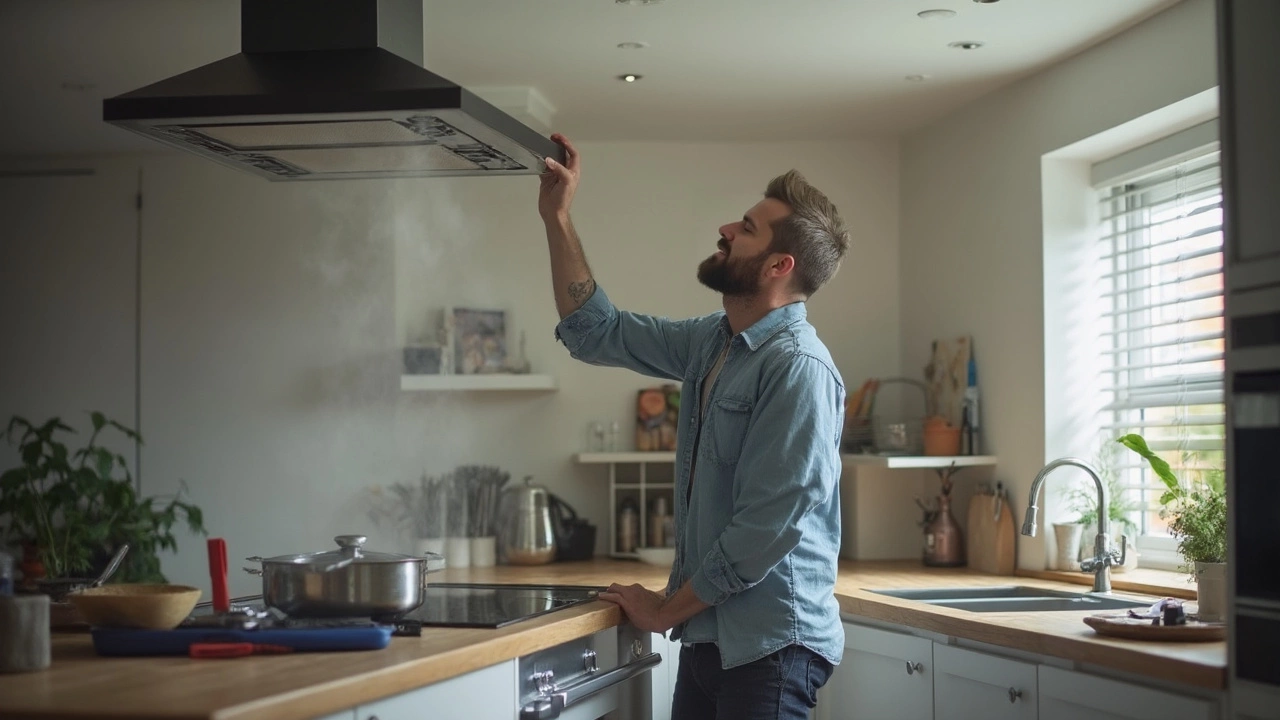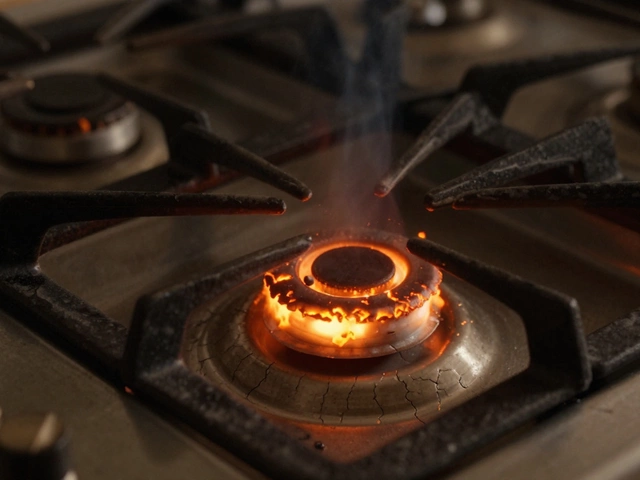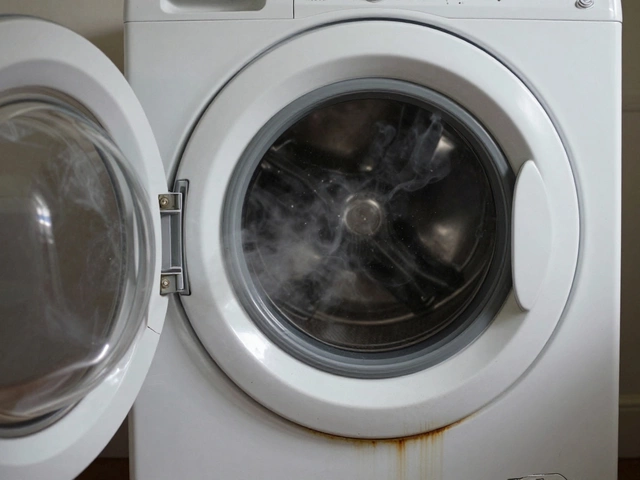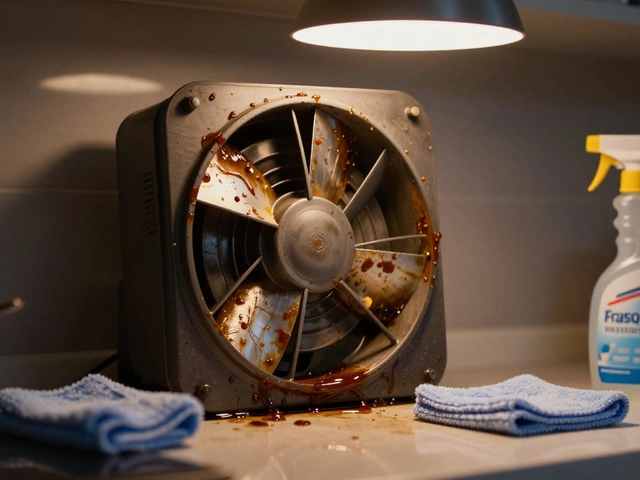Kitchen Fan Issues – What’s Going Wrong and How to Fix It
If your kitchen fan is noisy, weak, or just won’t turn on, you’re not alone. Most people assume a fan problem means calling a pro straight away, but many faults are simple enough to tackle yourself. Below we break down the usual culprits and give you practical steps you can try before you pick up the phone.
Why Your Kitchen Fan Might Be Acting Up
First, figure out what’s actually happening. Is the fan humming but not moving air? That often points to a blocked vent or a worn motor. A rattling sound usually means something loose inside the housing – maybe a screw, a fan blade, or accumulated grease.
Another common issue is a fan that runs fine at first but stops after a few minutes. Overheating protection can shut the motor down if the unit is clogged with dust or cooking oil. Finally, if the fan simply won’t start, check the power source. A tripped circuit breaker or a loose plug can be the silent culprit.
Quick Fixes You Can Try at Home
1. Clean the vent and filter. Turn off the fan and remove the cover (usually a few screws). Use a vacuum or a soft brush to clear out dust, grease, and food scraps. A clean vent restores airflow and reduces strain on the motor.
2. Tighten loose parts. While the cover is off, look for wobbling blades or rattling screws. Tighten everything with a screwdriver. A secure fan blade eliminates the annoying shaking noise.
3. Reset the overload switch. Some extractor fans have a built‑in reset button near the motor. If the fan shut down after overheating, press the button and try again.
4. Test the power. Plug another appliance into the same socket to confirm it’s working. If the socket is dead, reset the circuit breaker or replace a blown fuse.
5. Check the motor. If the fan hums but doesn’t spin, the motor bearings may be seized. Lightly tap the motor with a rubber mallet – sometimes a gentle jolt frees a stuck shaft. If that doesn’t help, the motor likely needs replacement.
When a DIY fix doesn’t solve the problem, it’s time to call a professional. Replacing an extractor fan isn’t overly hard, but it does involve wiring and sometimes cutting into the ceiling. A qualified technician will ensure the new fan meets safety standards and works efficiently.
Remember, regular maintenance is the best way to avoid future kitchen fan headaches. Clean the filter every month, wipe down the exterior after heavy cooking, and schedule a quick check‑up once a year. With a little attention, your fan will stay quiet, strong, and ready to clear out steam and smells every time you cook.
Got a stubborn kitchen fan that refuses to cooperate? Try the steps above and see how far you get. If you still need help, Weymouth Appliance Repair Services can send an experienced technician to diagnose and fix the issue fast, so you can get back to cooking without the extra noise.
Extractor Fan Stopped Working? Quick Fixes and Causes Explained
- Alden Wilder
- Jun 18 2025
- 0 Comments
Extractor fans have a habit of giving up at the worst moments, but most issues have straightforward solutions. This article digs into the most common reasons an extractor fan stops working and demystifies which fixes you can tackle yourself. It offers practical advice, simple troubleshooting steps, and tips on knowing when it's time to call a pro. Expect helpful facts that make fan repair less of a headache. We’ll even cover some sneaky issues most folks miss.
View More


